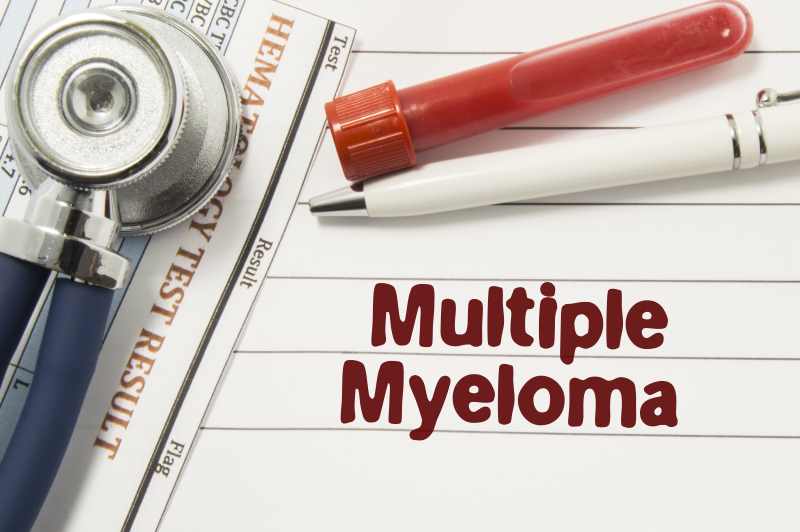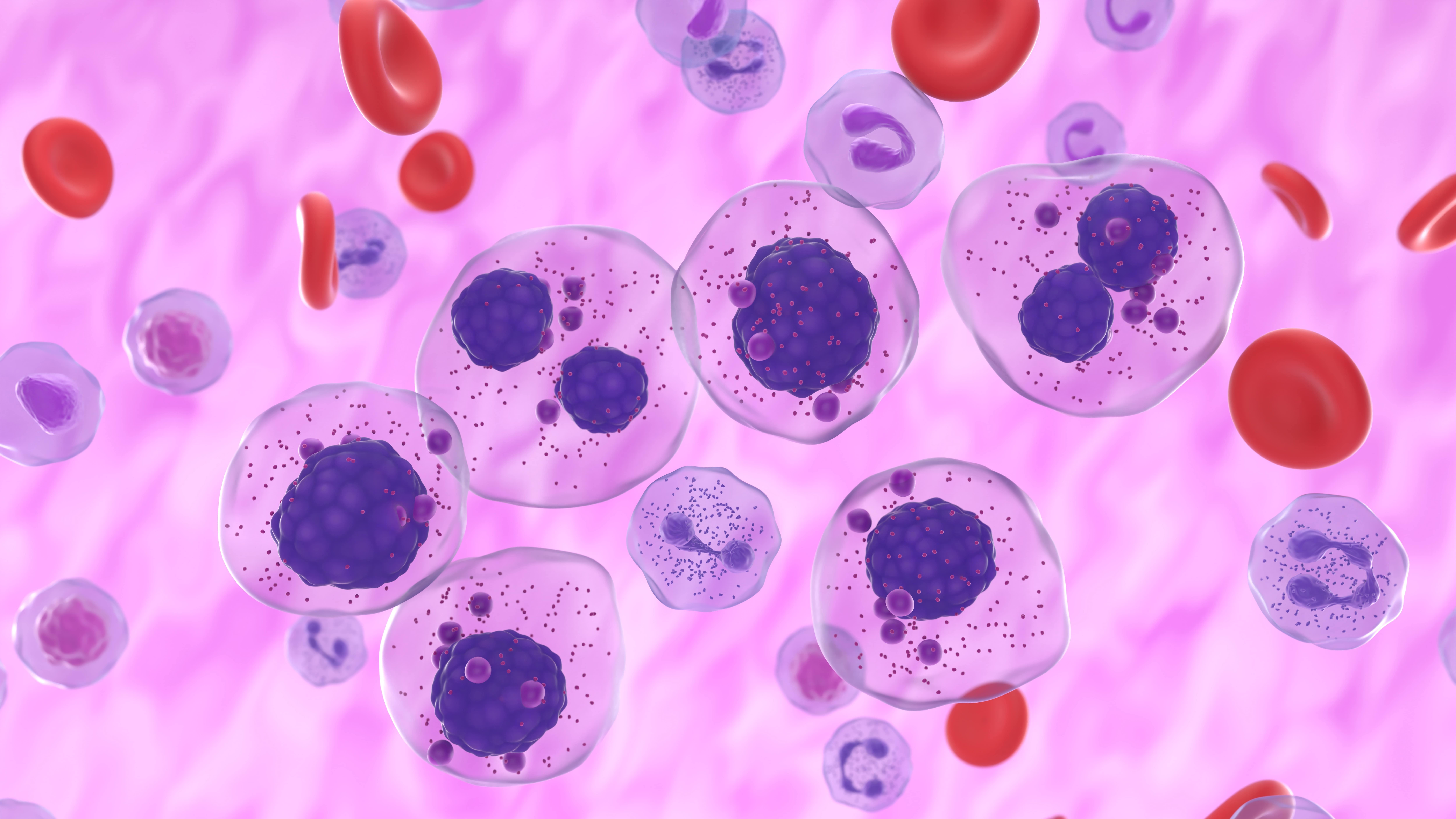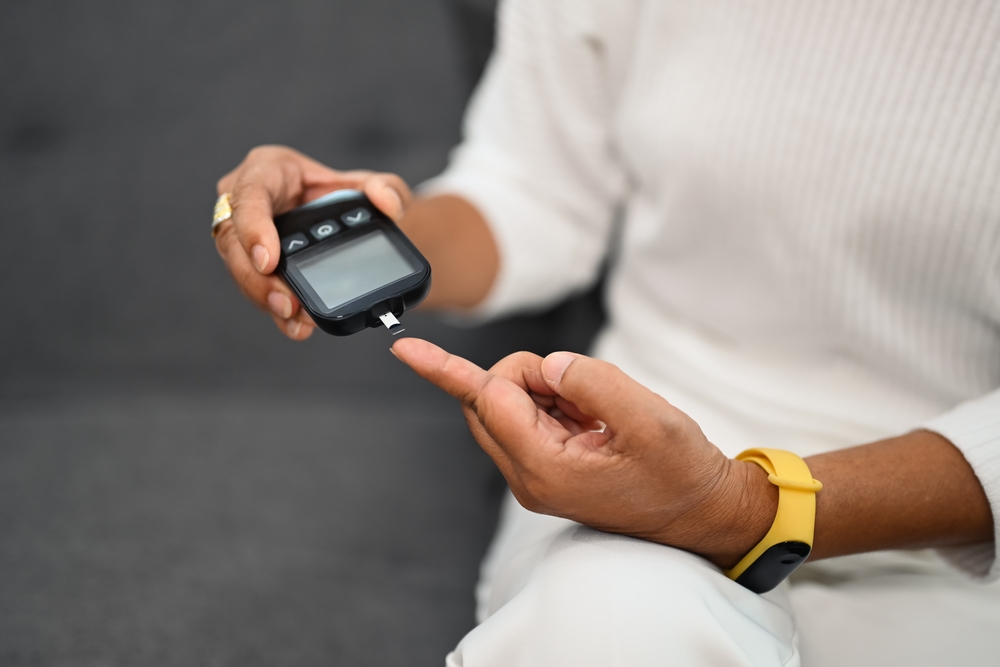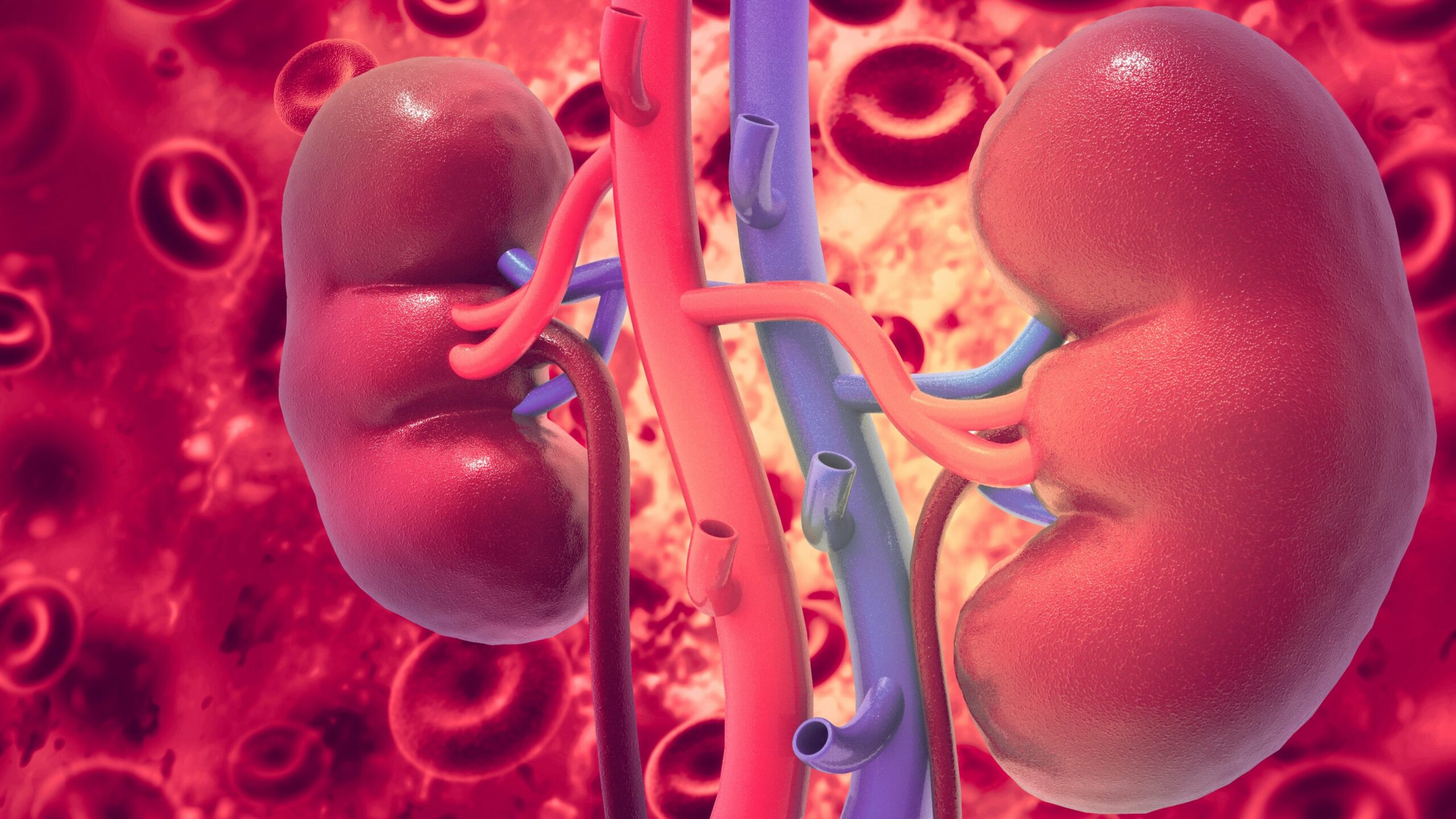
Multiple Myeloma
Advertisement
The mortality rate for men with multiple myeloma and renal failure was nearly twice that of women.
Asian Indian and Pakistani American patients were more likely to receive chemotherapy than non-Hispanic White patients.
Thirty percent of myeloma lytic bone lesions are not detected via FGD PET, demonstrating the need for improved visualization.
Patients in the Northeast showed the highest age-adjusted cardiovascular mortality rate.
Factors such as long travel times to access care or limited parking options were reported as barriers to care.
A drug used to treat some types of leukemia may offer patients with refractory multiple myeloma a new avenue for treatment.
Persistent or newly developed lymphopenia after diagnosis was also linked to an increased risk of mortality.
Individuals living in lower-income areas experience disproportionately higher rates of late-stage diagnoses and mortality.
responding physicians (92%) reported that prior authorization causes treatment delays for their patients
The proportion of myeloma cases linked to BMI and diabetes was higher in Black patients than White patients.
Patients who were Black or female were more likely to refuse treatment for multiple myeloma.
The study looked at disparities in outcomes of infusion with ide-cel or cilta-cel in patients with relapsed or refractory MM.
Significant delays in diagnosing multiple myeloma exist.
Talquetamab is a promising treatment for relapsed multiple myeloma, however, it presents unique side effects.
In MM patients, prescription delays were linked to Black race, older age, inpatient diagnosis, and severe renal impairment.
There is a disproportionately high MM incidence and mortality among non-Hispanic Black Americans.
Dr. Ailawadhi explores ways that researchers are designing trials to address racial disparities in enrollment.
Dr. Ailawadhi explained how oncologists should consider racial differences when approaching clinical care.
Inpatient treatment comprised 48% of medical costs in patients with renal impairment.
Patients with multiple myeloma in the US Military Health System had significantly better survival rates.





















 © 2025 Mashup Media, LLC, a Formedics Property. All Rights Reserved.
© 2025 Mashup Media, LLC, a Formedics Property. All Rights Reserved.